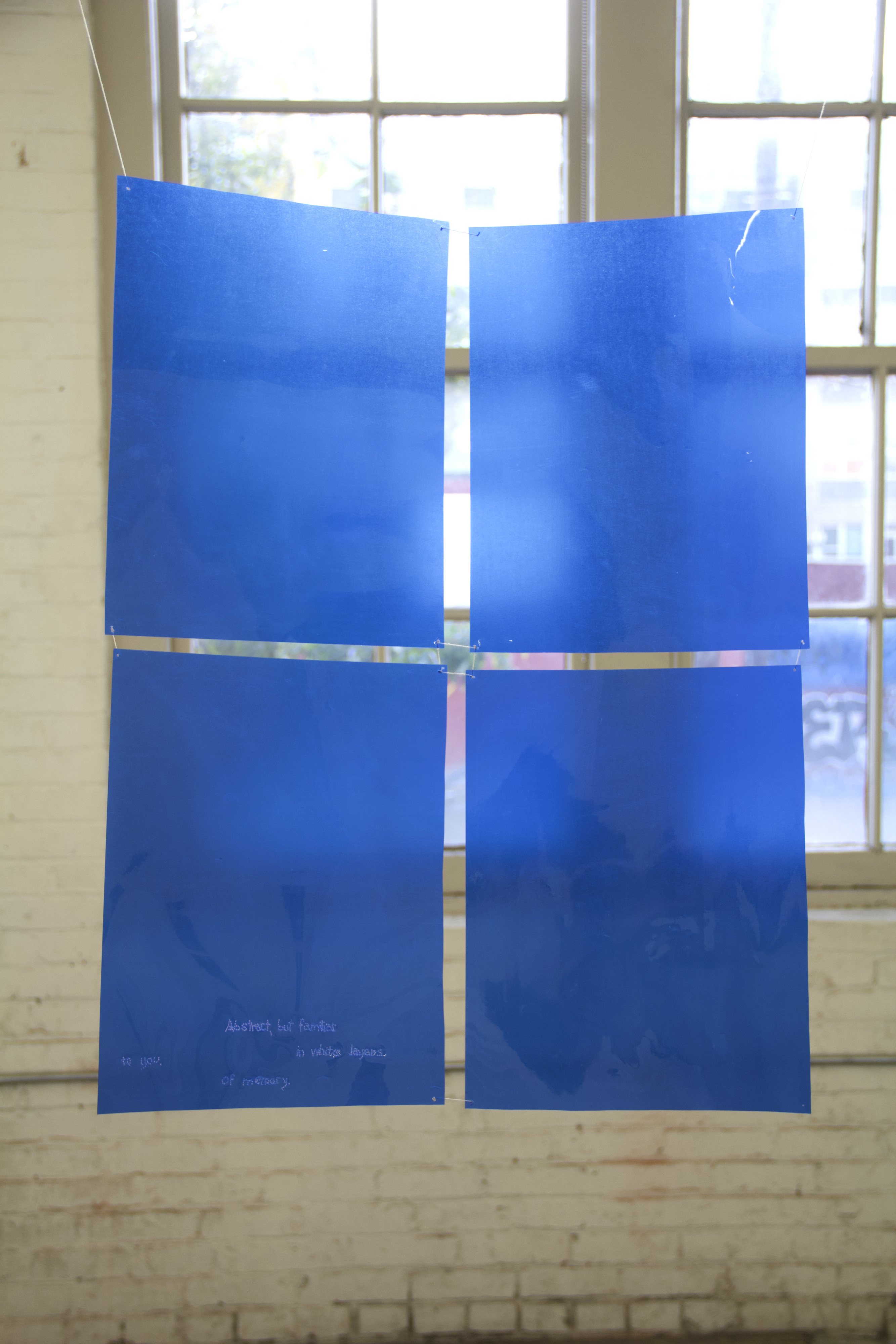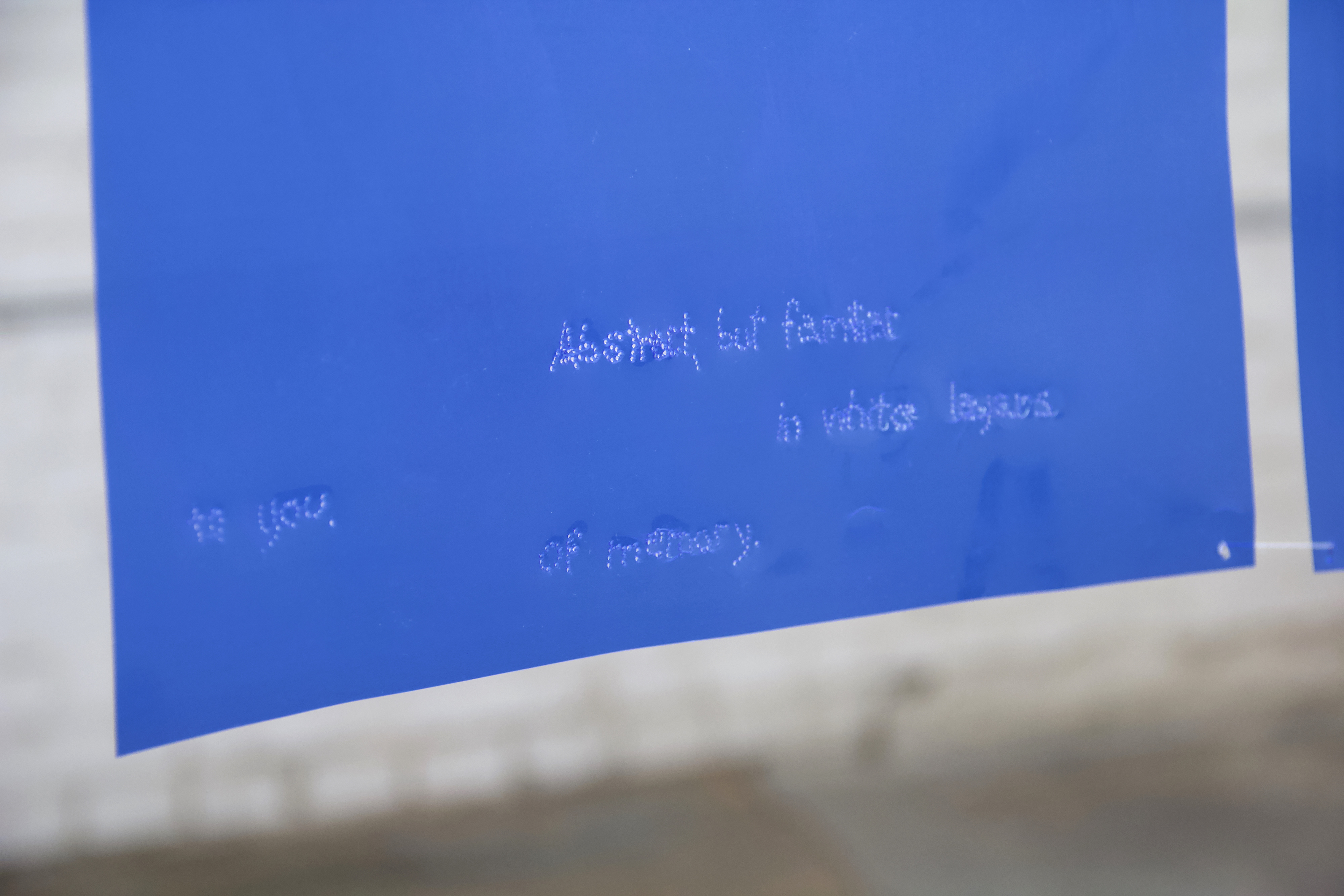Through EOS’s various lectures and studio visits I sought wisdom through past female artists of the asian diaspora, namely Kazuko Tsujimura and Theresa Hak Kyung Cha. Both artists were under recognized during their time, fallen through the cracks because they did not fit into the overarching western lens of art history. I found myself completely inspired by the ways in which they had both investigated tensions between their bodies and the nature of identity. They were my predecessors, my lineage.
As a visibly Japanese artist with an American identity, working amidst a group of other Japanese artists also interested me; how does their cultural identity inform their adaptation to a foreign country? How do these multiple layers internally and externally of “othering” manifest? During the month of August I reflected in the juxtaposition between two countries and two cultures: the cultural identities that we define ourselves and that in which the culture around us define.
Additionally I went deeper into my investigation of the gallery as a theatrical space. How can I activate both the site-specificity of the space and the viewer’s active participation through the objects that I create or curate?

Mother Tongue
Graphite on polyester, wire, sewing thread
Mother Tongue visualizes the complicated state of being our first languages hold within immigrant identities.
During the day the fabric appears light, airy, almost invisible. As night falls, the lines of the chain-link fence starkly appear against its now visible white fabric borders. This piece physicalizes the optics of our mother tongue, the ways in which it can be a gentle passageway and yet at other times a wall or barrier.









Homage to Kazuko Tsujimura
Graphite on wall
Handsewn fabric dress, mask






